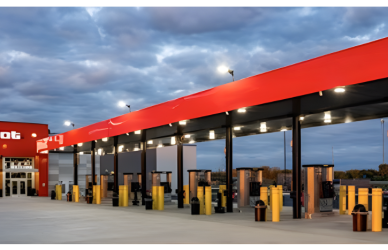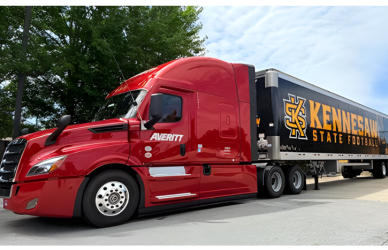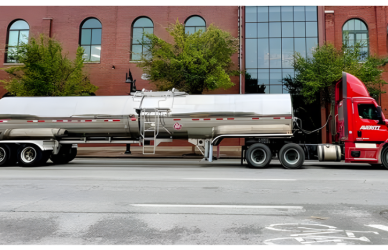The U.S. Department of Transportation (DOT) will soon allow motor carriers to use saliva-based testing. Although the regulations are in place as of June 1, it may take some time before this testing method becomes widely available, possibly not until late 2023 or early 2024.
Why the Delay?
Saliva-based drug tests cannot begin until:
- Two separate laboratories have received government approval to process oral-fluid specimens (as of this writing, none have been approved); and
- Collectors have been trained to use whichever saliva collection devices the labs will allow
The approval process for laboratories by the Health and Human Services (HHS) can be a lengthy wait of several months.
Considerations for Fleets when Choosing Saliva Testing for Drivers
When deciding whether to implement saliva testing, fleets should take into account the following factors:
- Cost: The true cost of saliva testing compared to urine testing is still uncertain. However, when considering the benefits of saliva testing, such as eliminating cheating and the ability to test when a urine sample is not available, the overall cost may be cheaper. It is recommended to consult with service agents to compare fees and determine if saliva testing is suitable for your fleet.
- Window of detection: Saliva testing is more effective for detecting recent drug use, making it advantageous for post-accident and reasonable suspicion tests. However, it may not be as suitable for other test types, such as pre-employment or random tests to identify chronic drug users. One solution is to adopt a hybrid model that combines both saliva and urine testing in your overall program.
- Cheating: Saliva testing provides fewer opportunities for tampering with the specimen or cheating on the test. Every oral-fluid specimen collection is directly observed, ensuring the reliability and accuracy of the results.
- Privacy: Compared to urine collections, oral-fluid testing is less intrusive. This may help drivers feel more comfortable and less hesitant to undergo testing.
By considering these factors, fleets can make an informed decision on whether saliva testing is the right choice for their drivers.
Preparation Steps for Switching to Oral-Fluid Drug Testing
When transitioning to oral-fluid drug testing for your fleet, there are important tasks that need to be completed. Here’s what you need to do:
- Update your company’s DOT testing policy: It’s crucial to clearly specify which test types are applicable for saliva-based testing and which ones require a urine sample.
- Inform existing CDL drivers: Provide your drivers with a revised DOT drug and alcohol policy along with educational materials. This will help them understand what to expect at the collection site. After distributing the materials, obtain a new signed receipt from each driver.
- Train the designated employer representative (DER): The DER should be familiar with the procedures involved in oral-fluid drug testing. This includes knowing which test types require the testing method based on the policy. The DER must also communicate to the collection site whether the drug test should be conducted using urine or saliva-based samples.
- Find the right service agents: Determine if your collection site offers oral-fluid drug testing. If not, seek out another vendor that provides this service. Additionally, contract with an HHS-certified lab to process your oral-fluid drug tests. Finally, engage a certified medical review officer who will verify the results of the oral-fluid drug tests.
By following these steps, you can ensure a smooth and successful transition to oral-fluid drug testing for your fleet.
Get ahead of the game and start preparing for oral-fluid testing now. Although it may still be several months away, it’s crucial to make a decision on whether it’s right for your operation. By creating a solid plan, you’ll be ready to hit the ground running once testing is approved.
Source: Work Truck Online











